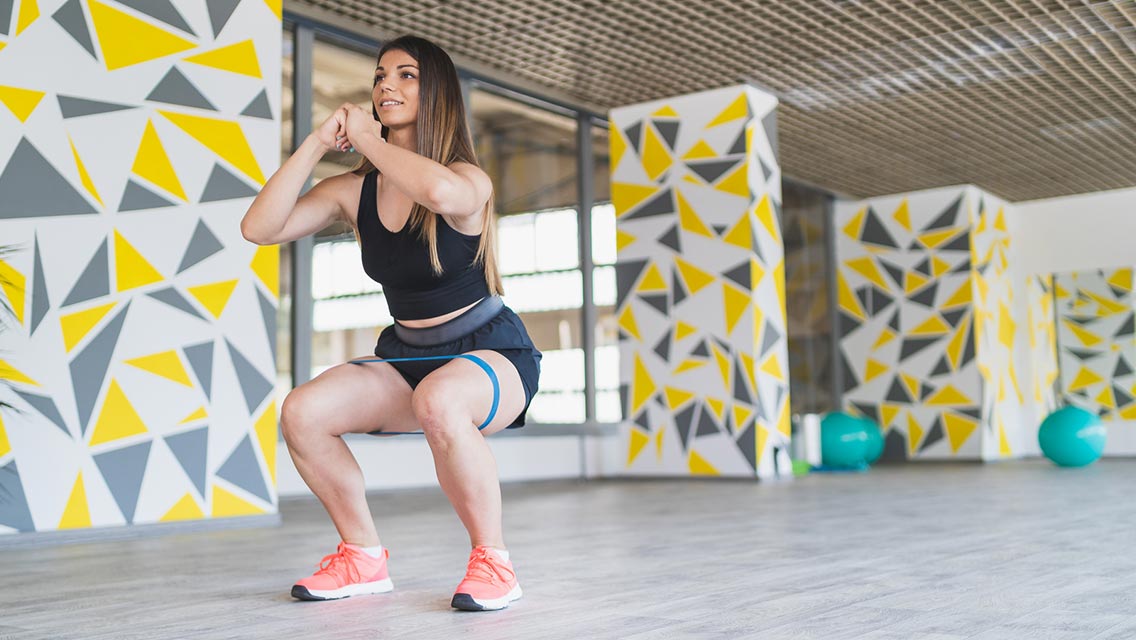As much as we’d like to think we’re symmetrical beings, we aren’t. And if the strength or movement imbalances between our left and right sides are too pronounced, injuries tend to crop up. “Most of the time asymmetry isn’t a problem, but as you increase difficulty with heavier weights or intensity — amping up speed or distance — your body may no longer be able to compensate for the asymmetry, and you begin to feel pain,” says Ann Wendel, MS, PT, founder of Prana Physical Therapy in Alexandria, Va. “If you train through it, you end up with an injury.”
To correct imbalances, you need to address the root of the problem. But that can be tricky: It could be something as simple as always crossing the same leg, slouching to one side when you’re driving or having your computer monitor placed off center. (See “One-Sided Conversation,” below, for suggested solutions to a number of common culprits.)
If you regularly sustain injuries on one side of your body, Wendel recommends you work with a physical therapist, who will be better able to deduce the origin of your injury by taking a big-picture look at you.
“You’ve got to consider not only the current injury, but also past injuries, chronic illnesses, nutrition, stress management, sleep patterns and exercise,” says Wendel.
“When a patient comes to see me with shoulder pain, it would be ineffective to just look at that shoulder, or even both shoulders. I need to look at the spine, hips, feet and the way the patient moves. You can’t treat a joint in isolation.”
It may take no more than a few visits to develop a successful program, she adds. From there, most clients can resolve their lopsided-injury challenges on their own.
One-Sided Conversation
A spate of injuries on one side of the body may be the cumulative result of imbalances caused by the hundreds of little things we do (and don’t do) all day, every day. Wondering if you’re at risk? Consider the following:
- When you work seated, is your back against the back of the chair? (It should be.) Do your feet touch the floor? (They ought to.)
- Are your monitor and keyboard directly in front of you or are they off at an angle? (Put them front and center.)
- Do you talk on the phone with the receiver cradled between your head and shoulder? (Get a headset!)
- Do you get up every 25 to 30 minutes and take a short break? (Important for circulation, flexibility and postural alignment.)
- Do you eat whole, nutritious foods and drink enough water? (Well-nourished, well-hydrated tissue is healthy tissue.)
- Do you sleep eight to nine hours a night? (Important for tissue repair and resiliency.)




